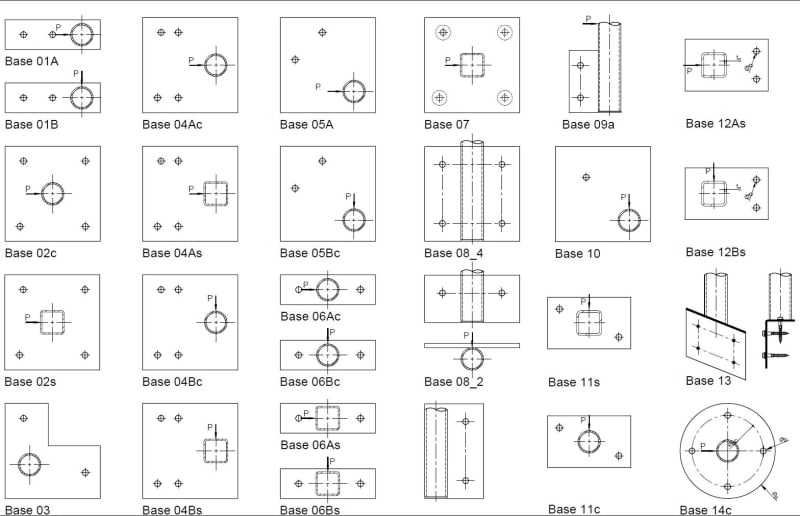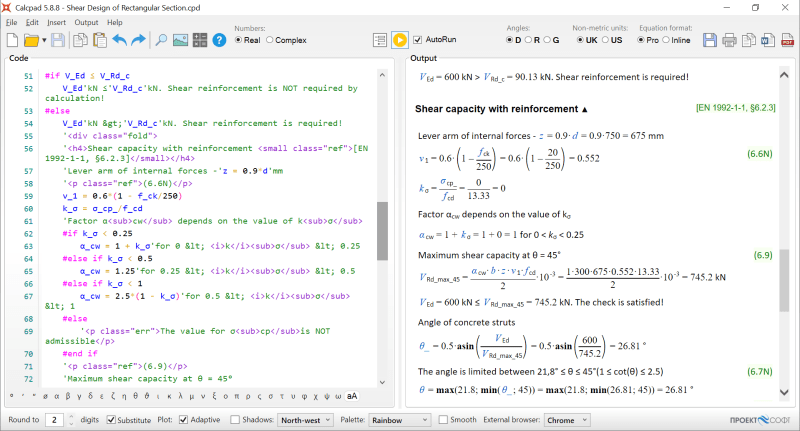Hello,
I was wondering if anyone who is experienced in SMath could tell me if they prefer to use MS Excel or SMath for their calculations and if SMMath can perform continuous iterative solutions like you can in excel e.g. strength of bolts under eccentric loading etc.
Thank you,
I was wondering if anyone who is experienced in SMath could tell me if they prefer to use MS Excel or SMath for their calculations and if SMMath can perform continuous iterative solutions like you can in excel e.g. strength of bolts under eccentric loading etc.
Thank you,


